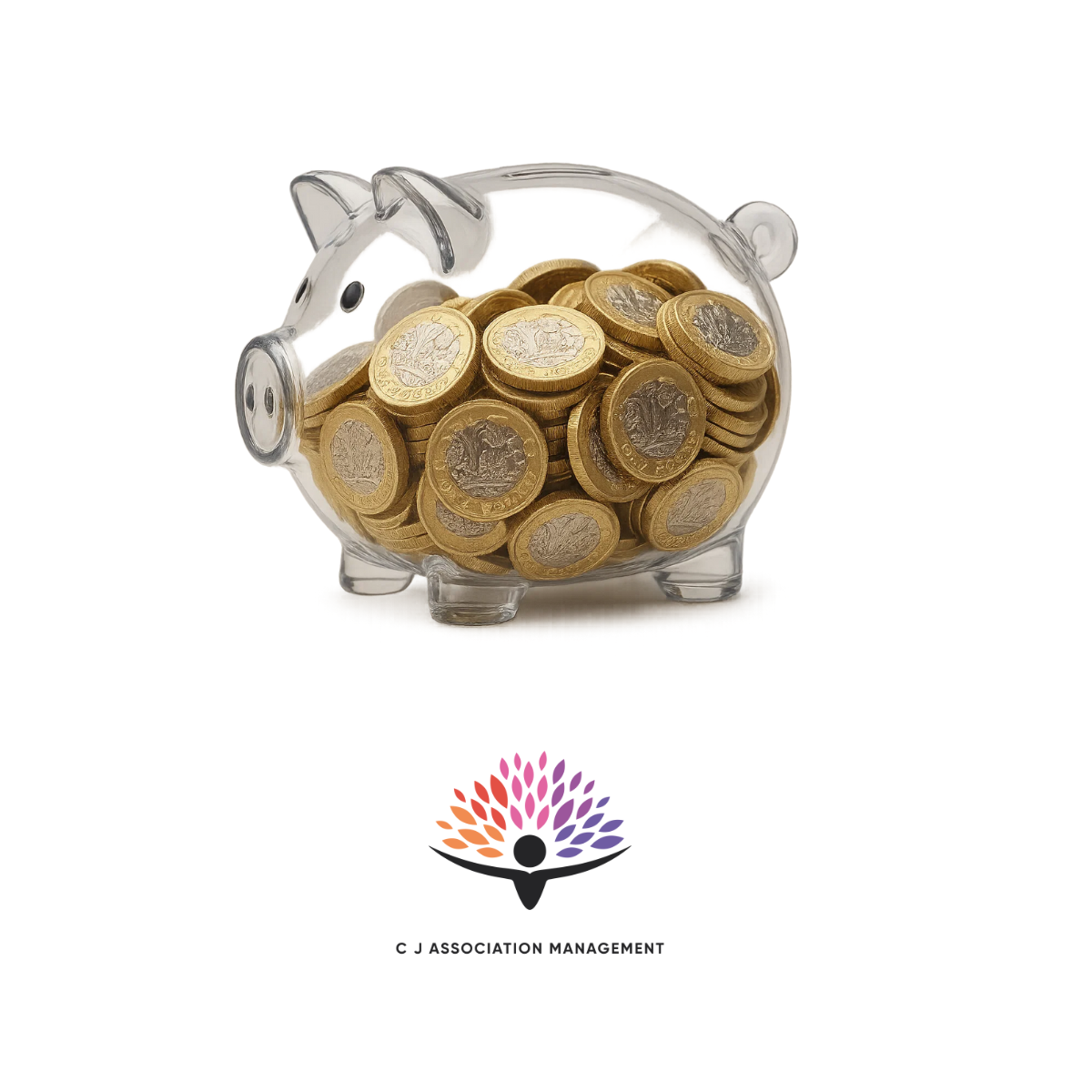In an age of constant connectivity, associations are under pressure to keep members continuously engaged…
How Gift Aid can give a helping hand to charity shops
There are nearly 10,000 charity shops in the UK. Between them they raise some £220m. Gift Aid would increase that amount significantly, but it has long been a problem for charity shops. Why? – because it can only be claimed on gifts of money and not on donations of goods.
Since 2006, some charities have sold donated goods as agent of the donor and then written to the donor, asking if they wish to give the proceeds of sale to the charity. If the donor agrees or does not reply within 21 days, Gift Aid can be claimed.
The charity must obtain a completed gift aid declaration. The scheme still works but it involves a lot of paperwork – a letter must be written after each sale. If charities use it, I would warn them to be aware that HMRC has changed the template letter – make sure your front line colleagues are up-to-date with HMRC’s website. The italic wording in the letters is compulsory, but you may add or remove other wording.
A simpler system is now available where it can only be sent to donors once a year and then only if the donor requests a letter or if the proceeds of sale exceed a certain amount. There are two new methods to deal with Gift Aid claims, imaginatively called Method A and Method B. If the shop is run through a trading subsidiary, either method can be used but if your charity runs the ship itself, it must use Method A.
Both methods still involve selling goods as agent of the donor. A Gift Aid declaration must always be completed by the donor and your staff must explain the scheme to the donor, gaining their written agreement. You might decide for instance to print a leaflet or information sheet for donors with the agency agreement contained in it and a space for them to sign. A copy of it should be kept with the Gift Aid declaration. The donor must also be asked if they want a summary of the sale proceeds at the end of the tax year.
Importantly, you must be able to link goods to their donor. Some charities have brought in barcoding to help with this, others use colour coded and numbered labelling but whatever you decide to do, you must ensure that you can show the tax man who gave what and how much it was sold for.
If the charity runs the shop directly, and net proceeds of sale of the donated goods are less than £100 in any tax year, the proceeds of sale are automatically donated to the charity. However, if the net proceeds of sale exceed £100, the charity must write to the donor to ask if he or she wishes to donate the excess. Anecdotal evidence suggests that a minimal number of donors ever ask to keep the proceeds of sale.
If the shop is run through a subsidiary and the net proceeds of sale in any tax year are £1,000 or less, the whole of the proceeds may be regarded as donated to the charity without the need for further letters. The donor can stipulate a lower amount. If the net proceeds of sale exceed £1,000 (or any agreed lesser figure), the charity must write to the donor to ask if they wish to donate the excess. Some key advice is:
1. Ensure you use HMRC’s template letters in the form they have specified – check HMRC’s website for details.
2. Record keeping is an essential element in ensuring that a Gift Aid claim is allowed – donors must be linked to their goods and the sale proceeds.
3. Shop staff must be trained in the procedure and a record kept of the training.
The form that must be given to donors and the letters at the end of the year may seem like a chore but why not take the opportunity to tell your donors about the work of your charity and to keep in touch with them. Surveys show that the best prompt to a donor to make a further donation is personal contact from the charity.
An excellent article by Geoff Trobridge ( The Guardian) regarding Gift Aid. Do you give Gift Aid when you donate to charity? CJAM encouraged all their sponsors on their Just Giving page to give Give Aid if applicable.



